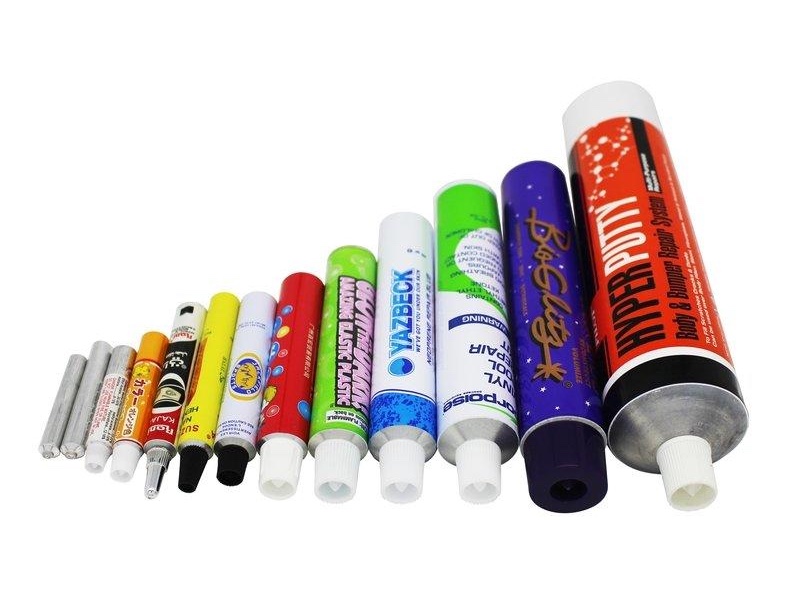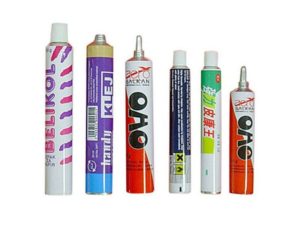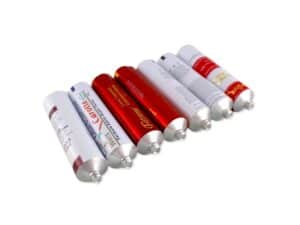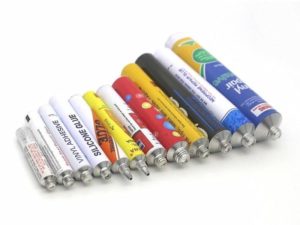Have you ever wondered how collapsible aluminum tubes are made? These collapsible tubes are easily found in daily life as they are common packaging solutions for cosmetic, healthcare, pharmaceutical, food and adhesive products. They are intended for packing products of low viscosity, including gel, lotion, cream, ointment and adhesive glue.
Here are the processes of making collapsible aluminum tubes:
Step #1: Slug Extrusion, Tube Trimming & Annealing
All collapsible aluminum tubes are made from slugs. Aluminum slugs are small pieces of aluminum in 99.7% purity. These slugs would be put into extrusion machine and pressed/moulded into tubes. The extruded tubes would go through trimming process, with the nozzle being threaded, shaved and trimmed. Newly extruded tubes are rather stiff and not at all collapsible. They have to be sent into oven for annealing in order to reach proper degree of softness. (Reference: Why Are Aluminum Toothpaste Tubes Soft?)
Step #2: Internal Lacquer
Depending on chemical features of the contents to be filled, the inner wall of tubes might have to be lacquered to form a protective coating. The lacquer is modified epoxy-phenolic resin. It can effectively avoid chemical reactions between aluminum tube and the contents.
Step #3: External Coating & Printing
Tubes can be coated externally with polyester resin, which is usually in white color. It is also called as base coating. External coating forms a protective layer on the surface of tube to minimize dent and scratch. It also provides a smooth and glossy background for printing. Readily coated tubes are sent for printing process.
Step #4: Capping
Caps and closures are affixed to the tubes afterwards. There are quite a few types of caps to go with tubes. Regular caps include flowerpot (aka. snip tip top), piercer (cap with puncture point), stand-up (smooth, full-width), flip-top (natural dispensing cap with snap-top), concave top, tamper-proof, just to name a few.
Step #5: Latex Lining
For products that are sensitive to air and moisture and require maximum shelf life, enhanced latex lining is highly recommended. A stripe of latex is sprayed onto the inner wall at the rear open end of tube. The lined latex prevents content leakage after crimping process.
Now the empty tubes are ready for filling and packaging! These tubes collapses as the contents are squeezed out, effectively preventing suck back of air and contaminants and therefore maximizes shelf life of product. They are the optimal packaging material to be considered. Check out different types of tubes Xinyi has to offer. Contact Xinyi for more information: sales@tubenaire.net



